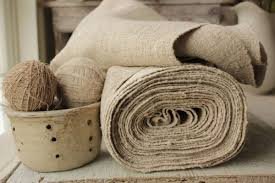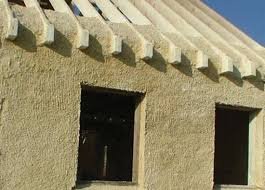Hemp has been cultivated for food, cordage, paper, canvas, textiles, paints, fuel and medicine around the world for thousands of years.
The US introduced restrictions on hemp agriculture in 1937 after lobbying from the oil industry, which was producing synthetic by-products, such as nylon and plastics. as a consequence the hemp industry experienced a sharp downturn.
Countries around the world are now turning to hemp to revive the ancient knowledge about the properties of hemp, as a sustainable, regenerative, carbon-storing plant.
As a food, a medicine or a raw material, all parts of the plant have valuable properies. The primary uses for industrial hemp are Seed, Fibre and Hurd.

Seed and Oil
Considered one of the ‘super foods’, hemp seeds and hemp seed oil offer many benefits, in addition to its nutritional properties.
Hemp seeds contain a high percentage of superior vegetarian based protein, all 20 amino acids and the perfect balance of essential fatty acids–Omega 3, 6 and 9, needed for optimal health.
Other potential markets and uses for hemp seed and oil include: biofuel/ethanol, eco paints, printing inks, eco plastics, skin/body care products, foods such as protein powder and cereals, hemp milk, ice cream, bread, salad oil, EFA supplement, animal feed.

Fibre and Fabric
Hemp fibre offers sustainable alternatives to major industries which currently rely on non-renewable resources.
Modern uses for bast (the outer fibres) include fabrics, clothing, paper, insulation, packaging, netting, biocomposites and much more.
The high tensile strength of the fibre makes it an ideal replacement in composites such as fibreglass and is currently used for panels and body parts in the high end automotive industry.
Hemp fibre will help us transition to environmentally sustainable packaging.

Building
Hempcrete made from the inner part of the hemp stalk together with a lime based binder is used as a building material. 1 hectare of hemp providing enough raw materials to build a 135m2 home.
A home built with hempcrete offers many benefits including
high thermal and sound insulation, fire resistance, anti bacterial properties, a home that breathes and is aesthetically pleasing.
Hemp will sequestre around 22 tonnes of carbon dioxide per hectare enabling the building to be carbon neutral.
The following YouTube video offers a good overview of a range of hemp products. The age restriction applied by YouTube may be because the channel is by Hemp in a Pot.


 Miller’s Corner is a sustainability – focused housing development in the Adelaide Hills. Our despair at seeing the types of development happening in the Adelaide Hills led us to seek alternative ways of building. After seeing a Grand Designs program on hemp building we decided to investigate using hemp in our project.
Miller’s Corner is a sustainability – focused housing development in the Adelaide Hills. Our despair at seeing the types of development happening in the Adelaide Hills led us to seek alternative ways of building. After seeing a Grand Designs program on hemp building we decided to investigate using hemp in our project. After finding it was wasn’t legal to grow hemp in South Australia we joined the newly formed Industrial Hemp Association and began lobbying the government for a change of legislation. Unfortunately even with the new legislation it was not possible to purchase South Australian grown hemp. This led us to purchasing hemp from France which proved to be the most cost-effective method of getting hemp in South Australia.
After finding it was wasn’t legal to grow hemp in South Australia we joined the newly formed Industrial Hemp Association and began lobbying the government for a change of legislation. Unfortunately even with the new legislation it was not possible to purchase South Australian grown hemp. This led us to purchasing hemp from France which proved to be the most cost-effective method of getting hemp in South Australia. Building at Miller’s Corner is progressing with currently eight buildings at various stages of development including five which have used hemp as a building product. It is expected most buildings will be completed by the end of 2021. Our website
Building at Miller’s Corner is progressing with currently eight buildings at various stages of development including five which have used hemp as a building product. It is expected most buildings will be completed by the end of 2021. Our website 
